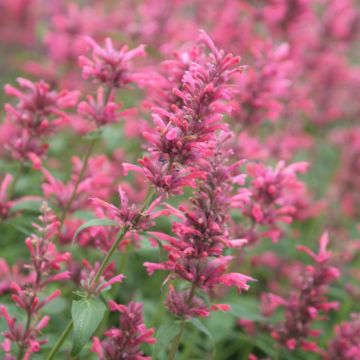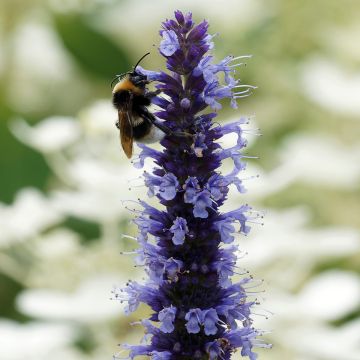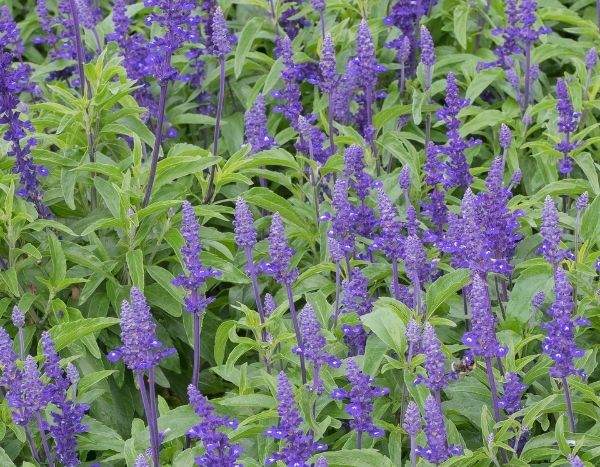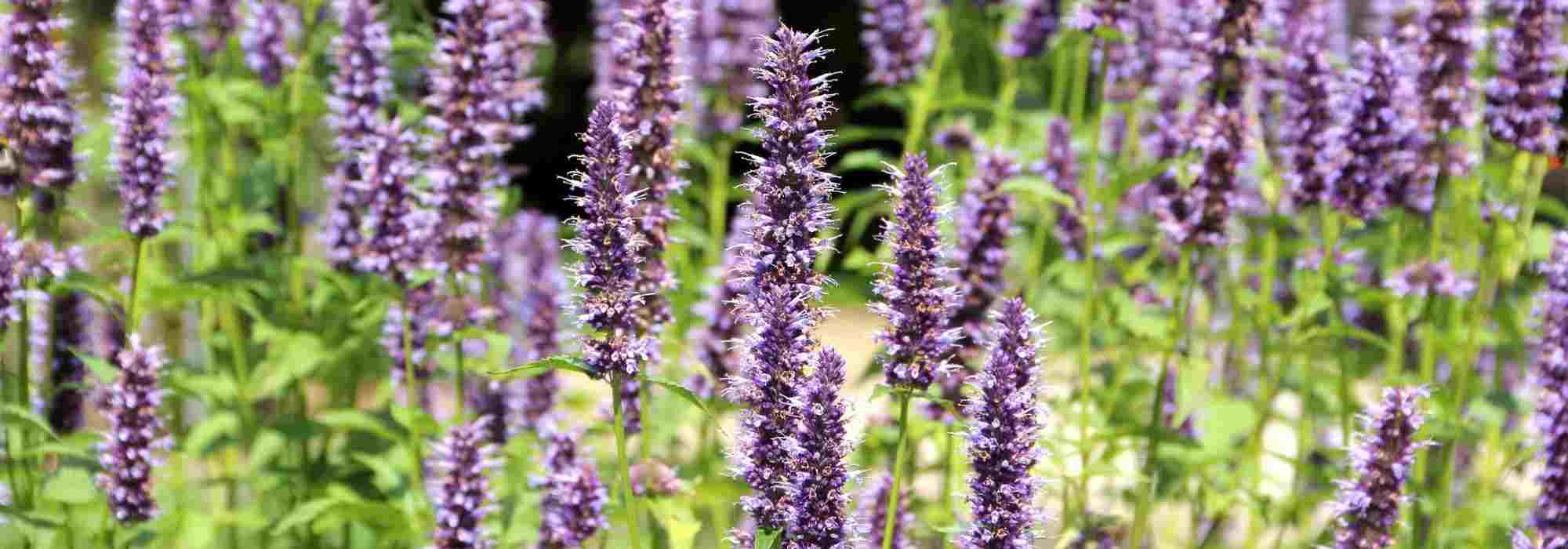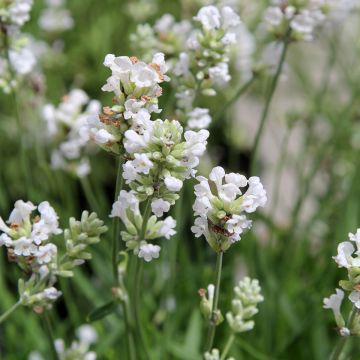

Agastache Kudos Red


Agastache Kudos Red
Agastache Kudos Red
Agastache Kudos Red
Giant hyssop, Hummingbird mint
Special offer!
Receive a €20 voucher for any order over €90 (excluding delivery costs, credit notes, and plastic-free options)!
1- Add your favorite plants to your cart.
2- Once you have reached €90, confirm your order (you can even choose the delivery date!).
3- As soon as your order is shipped, you will receive an email containing your voucher code, valid for 3 months (90 days).
Your voucher is unique and can only be used once, for any order with a minimum value of €20, excluding delivery costs.
Can be combined with other current offers, non-divisible and non-refundable.
Home or relay delivery (depending on size and destination)
Schedule delivery date,
and select date in basket
This plant carries a 12 months recovery warranty
More information
We guarantee the quality of our plants for a full growing cycle, and will replace at our expense any plant that fails to recover under normal climatic and planting conditions.
Would this plant suit my garden?
Set up your Plantfit profile →
Description
Agastache 'Kudos Red' is a superb compact hybrid. From summer to autumn, it bears a profusion of bright red flowers that are particularly luminous. Its aromatic foliage emits a strong menthol scent that perfumes the garden. It has excellent cold resistance. It is ideal for container planting. Grow this perennial in the sun in well-drained soil that is not too dry in summer. Its lifespan is not very long, but it multiplies easily.
Agastache 'Kudos Red' belongs to the Lamiaceae family, rich in plants producing essential oils. These substances protect them both from herbivorous animals and from the sun's rays. This variety is no exception to the rule: its heart-shaped deciduous foliage emits a powerful menthol and aniseed scent that delights the nostrils and repels pests!
Agastache 'Kudos Red' comes from the Kudos hybrid series. Plants from this series are characterised by a dense habit and better resistance to cold and winter humidity than most other agastaches. From June to October, it produces tight spikes in "brushes" of a beautiful bright red, high above the stems. The plant forms a compact clump, which can reach 50cm (20in) in height and about 45cm (18in) in diameter. This variety has a hardiness of around -15°C (5°F) in well-drained soil and a sheltered location. The nectar-rich flowers are a magnet for bees and other pollinators, especially in autumn when flowers become scarce in the garden. Cut some stems to fragrance your bouquets. The flowers are edible in salads.
Agastache 'Kudos Red' appreciates full sun or light shade (its stems will droop in too shady conditions), and any good non-chalky garden soil. The stems will tend to droop in soil that is too rich in nitrogen; they may require staking. You can pinch it to improve branching. While its ancestors provide it with some resistance to hot climates and drought episodes, it will still be more beautiful and fuller if the summer is not too arid. However, it dislikes excessive water, so plant it in well-drained soil that prevents moisture from accumulating at its base. The addition of coarse sand and gravel can be useful in heavy soil. Choose a warm and protected location, sheltered from cold winds and heavy frosts. These short-lived perennials can die after 3 to 5 years. Regularly divide the clump to rejuvenate it. Ensure regular watering in pots, and it will generously reward you until autumn.
In flower beds or moist rockeries, it forms a beautiful combination with Erigeron karvinskianus, the small Sedum 'Angelina' or a beautiful sage with intense blue spikes.
Agastache Kudos Red in pictures


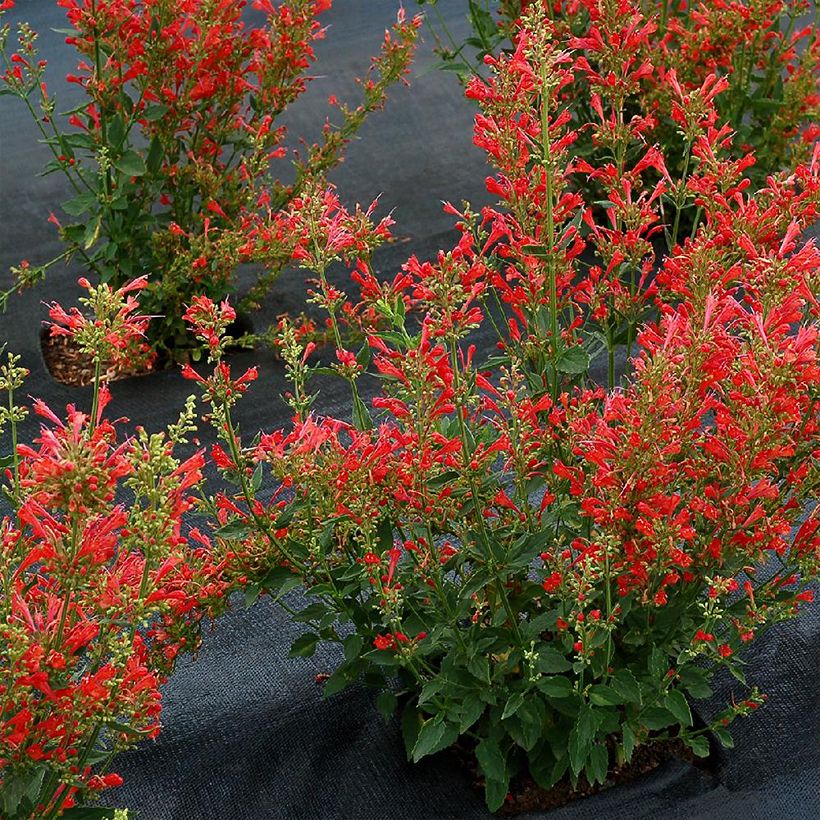

Flowering
Foliage
Plant habit
Botanical data
Agastache
Kudos Red
Lamiaceae
Giant hyssop, Hummingbird mint
Cultivar or hybrid
Other Agastache
View all →Planting and care
It dislikes consistently wet soils in winter, as they can harm its hardiness and eventually kill it. In heavy soil, pure sand can be used to plant the stump without adding any soil. It requires a sunny and sheltered position, protected from severe frosts. During very harsh winters, cover the stumps with straw or dead leaves to create a thick mulch. The soil should be fertile, loose, and moist but well-drained, especially during the flowering period. The plant can tolerate temporary periods of drought, although they can still affect its flowering.
Planting period
Intended location
Care
Planting & care advice
This item has not been reviewed yet - be the first to leave a review about it.
Similar products
Haven't found what you were looking for?
Hardiness is the lowest winter temperature a plant can endure without suffering serious damage or even dying. However, hardiness is affected by location (a sheltered area, such as a patio), protection (winter cover) and soil type (hardiness is improved by well-drained soil).

Photo Sharing Terms & Conditions
In order to encourage gardeners to interact and share their experiences, Promesse de fleurs offers various media enabling content to be uploaded onto its Site - in particular via the ‘Photo sharing’ module.
The User agrees to refrain from:
- Posting any content that is illegal, prejudicial, insulting, racist, inciteful to hatred, revisionist, contrary to public decency, that infringes on privacy or on the privacy rights of third parties, in particular the publicity rights of persons and goods, intellectual property rights, or the right to privacy.
- Submitting content on behalf of a third party;
- Impersonate the identity of a third party and/or publish any personal information about a third party;
In general, the User undertakes to refrain from any unethical behaviour.
All Content (in particular text, comments, files, images, photos, videos, creative works, etc.), which may be subject to property or intellectual property rights, image or other private rights, shall remain the property of the User, subject to the limited rights granted by the terms of the licence granted by Promesse de fleurs as stated below. Users are at liberty to publish or not to publish such Content on the Site, notably via the ‘Photo Sharing’ facility, and accept that this Content shall be made public and freely accessible, notably on the Internet.
Users further acknowledge, undertake to have ,and guarantee that they hold all necessary rights and permissions to publish such material on the Site, in particular with regard to the legislation in force pertaining to any privacy, property, intellectual property, image, or contractual rights, or rights of any other nature. By publishing such Content on the Site, Users acknowledge accepting full liability as publishers of the Content within the meaning of the law, and grant Promesse de fleurs, free of charge, an inclusive, worldwide licence for the said Content for the entire duration of its publication, including all reproduction, representation, up/downloading, displaying, performing, transmission, and storage rights.
Users also grant permission for their name to be linked to the Content and accept that this link may not always be made available.
By engaging in posting material, Users consent to their Content becoming automatically accessible on the Internet, in particular on other sites and/or blogs and/or web pages of the Promesse de fleurs site, including in particular social pages and the Promesse de fleurs catalogue.
Users may secure the removal of entrusted content free of charge by issuing a simple request via our contact form.
The flowering period indicated on our website applies to countries and regions located in USDA zone 8 (France, the United Kingdom, Ireland, the Netherlands, etc.)
It will vary according to where you live:
- In zones 9 to 10 (Italy, Spain, Greece, etc.), flowering will occur about 2 to 4 weeks earlier.
- In zones 6 to 7 (Germany, Poland, Slovenia, and lower mountainous regions), flowering will be delayed by 2 to 3 weeks.
- In zone 5 (Central Europe, Scandinavia), blooming will be delayed by 3 to 5 weeks.
In temperate climates, pruning of spring-flowering shrubs (forsythia, spireas, etc.) should be done just after flowering.
Pruning of summer-flowering shrubs (Indian Lilac, Perovskia, etc.) can be done in winter or spring.
In cold regions as well as with frost-sensitive plants, avoid pruning too early when severe frosts may still occur.
The planting period indicated on our website applies to countries and regions located in USDA zone 8 (France, United Kingdom, Ireland, Netherlands).
It will vary according to where you live:
- In Mediterranean zones (Marseille, Madrid, Milan, etc.), autumn and winter are the best planting periods.
- In continental zones (Strasbourg, Munich, Vienna, etc.), delay planting by 2 to 3 weeks in spring and bring it forward by 2 to 4 weeks in autumn.
- In mountainous regions (the Alps, Pyrenees, Carpathians, etc.), it is best to plant in late spring (May-June) or late summer (August-September).
The harvesting period indicated on our website applies to countries and regions in USDA zone 8 (France, England, Ireland, the Netherlands).
In colder areas (Scandinavia, Poland, Austria...) fruit and vegetable harvests are likely to be delayed by 3-4 weeks.
In warmer areas (Italy, Spain, Greece, etc.), harvesting will probably take place earlier, depending on weather conditions.
The sowing periods indicated on our website apply to countries and regions within USDA Zone 8 (France, UK, Ireland, Netherlands).
In colder areas (Scandinavia, Poland, Austria...), delay any outdoor sowing by 3-4 weeks, or sow under glass.
In warmer climes (Italy, Spain, Greece, etc.), bring outdoor sowing forward by a few weeks.































